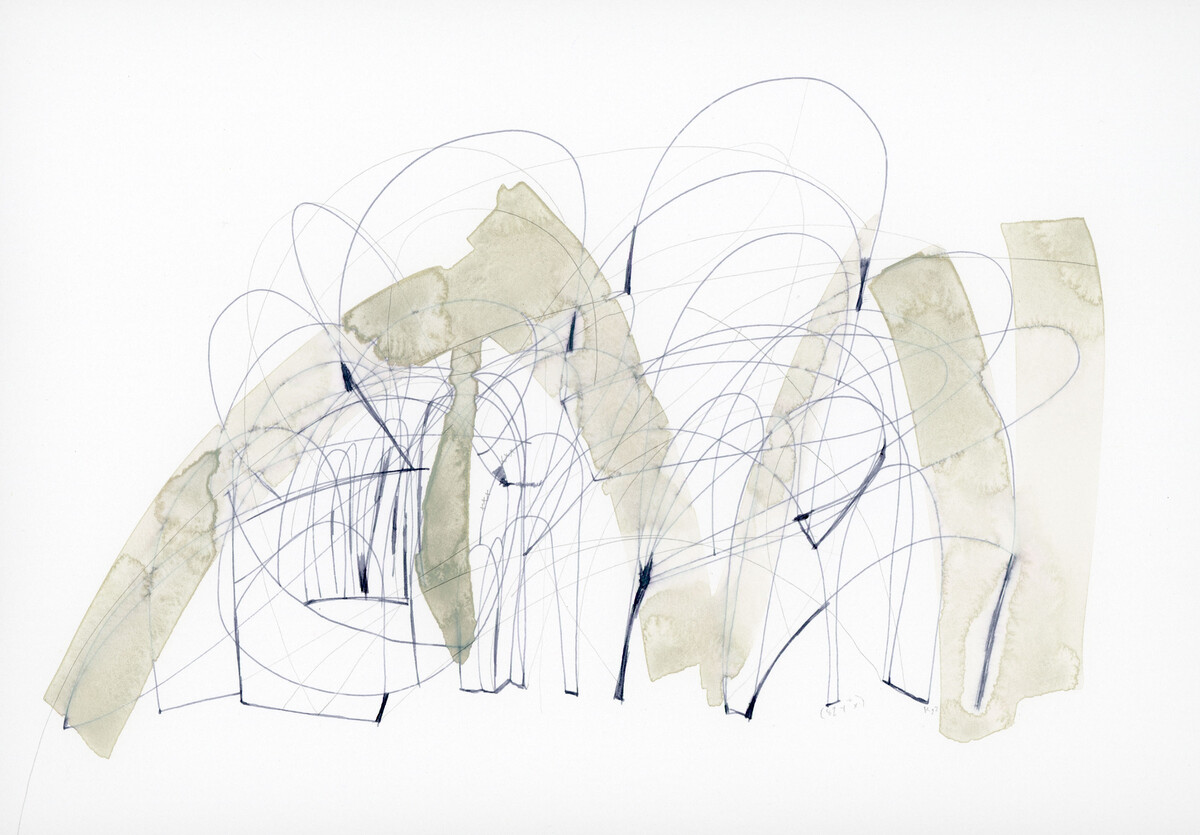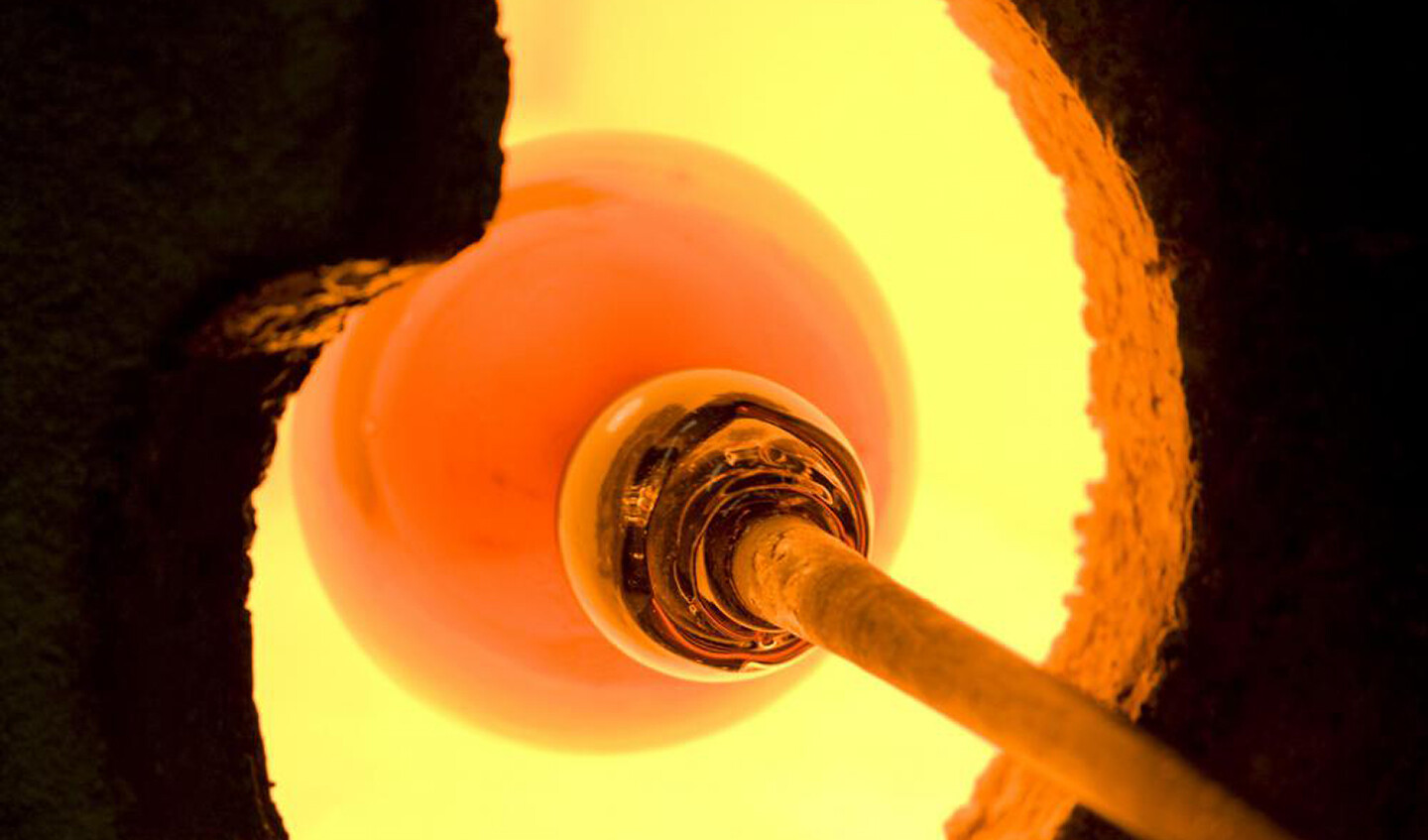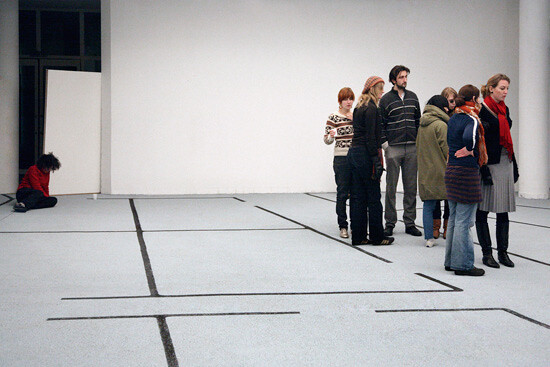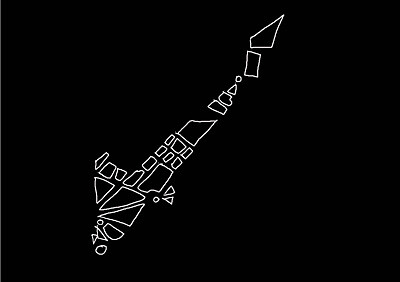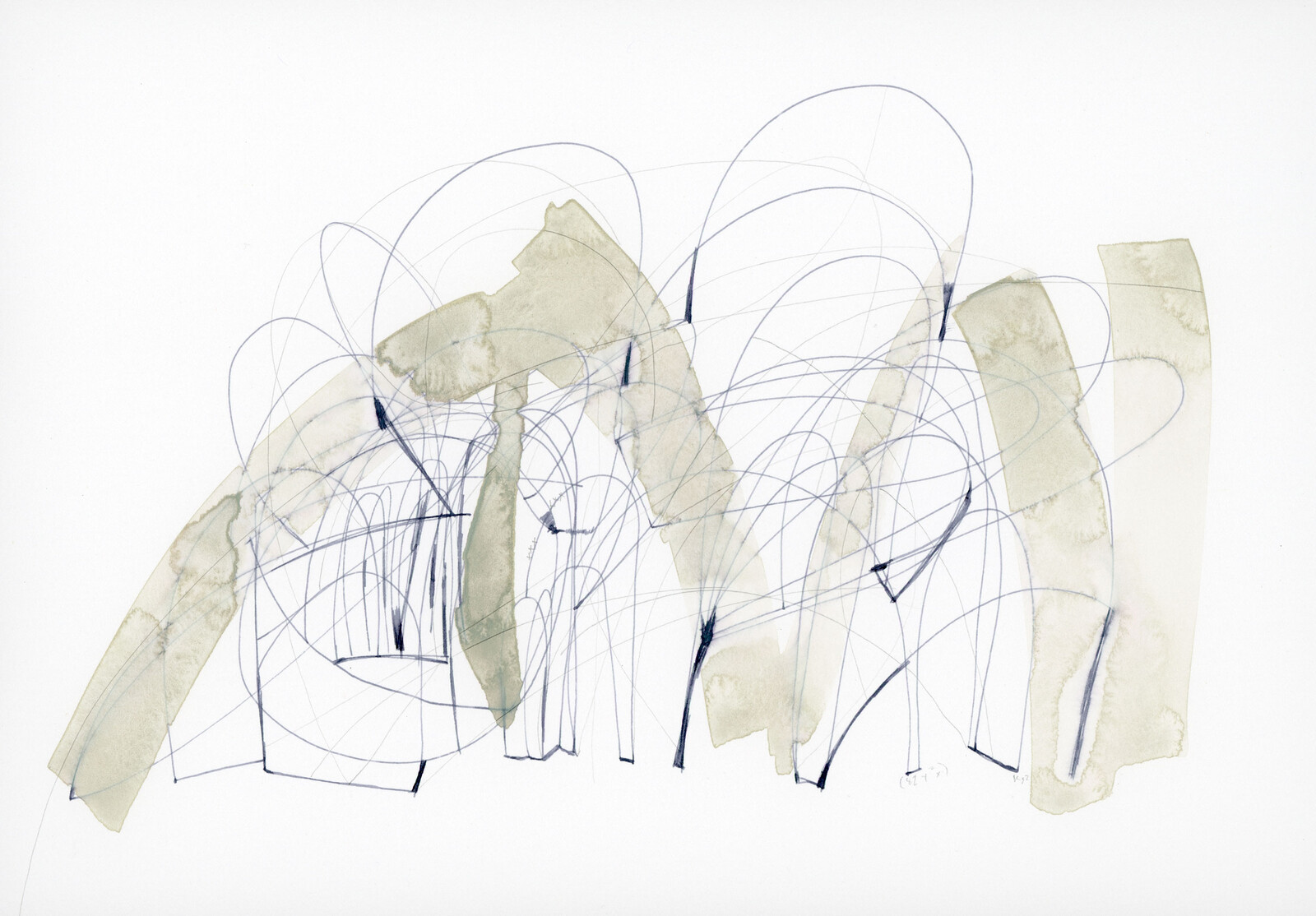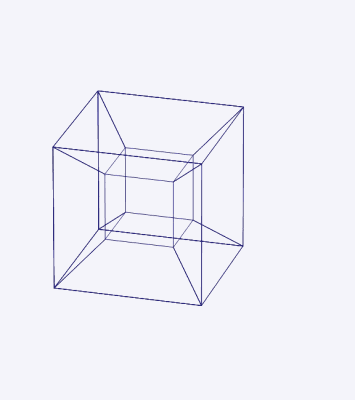Affects, contemplations, stimulations, and struggles happen in and through the lap, this site that accumulates the contexts of motherhood (associated with the womb and with the bodily grammar of caring), sexual entertainment (the lap as a space where two bodies come closer through a clientele dynamic), and domesticity (the pet dog as an extension of the family sphere, a receiver of libidinal transferences, and as sublimator of privately occurring sexual drives). The lap constitutes a space at once para-sexualized—where the relation between the mother and the child, the caretaker and the cared for, takes place—and a space at the core of the unfolding of a relation of intimacy, as the lap opens itself to both male and female sexual organs, with potential physical consequences for its beholders. The significance and potential of this accumulation of functions in this space that is at once intimate and public opens itself, when the laptop arrives, to a new configuration.
Corporeality
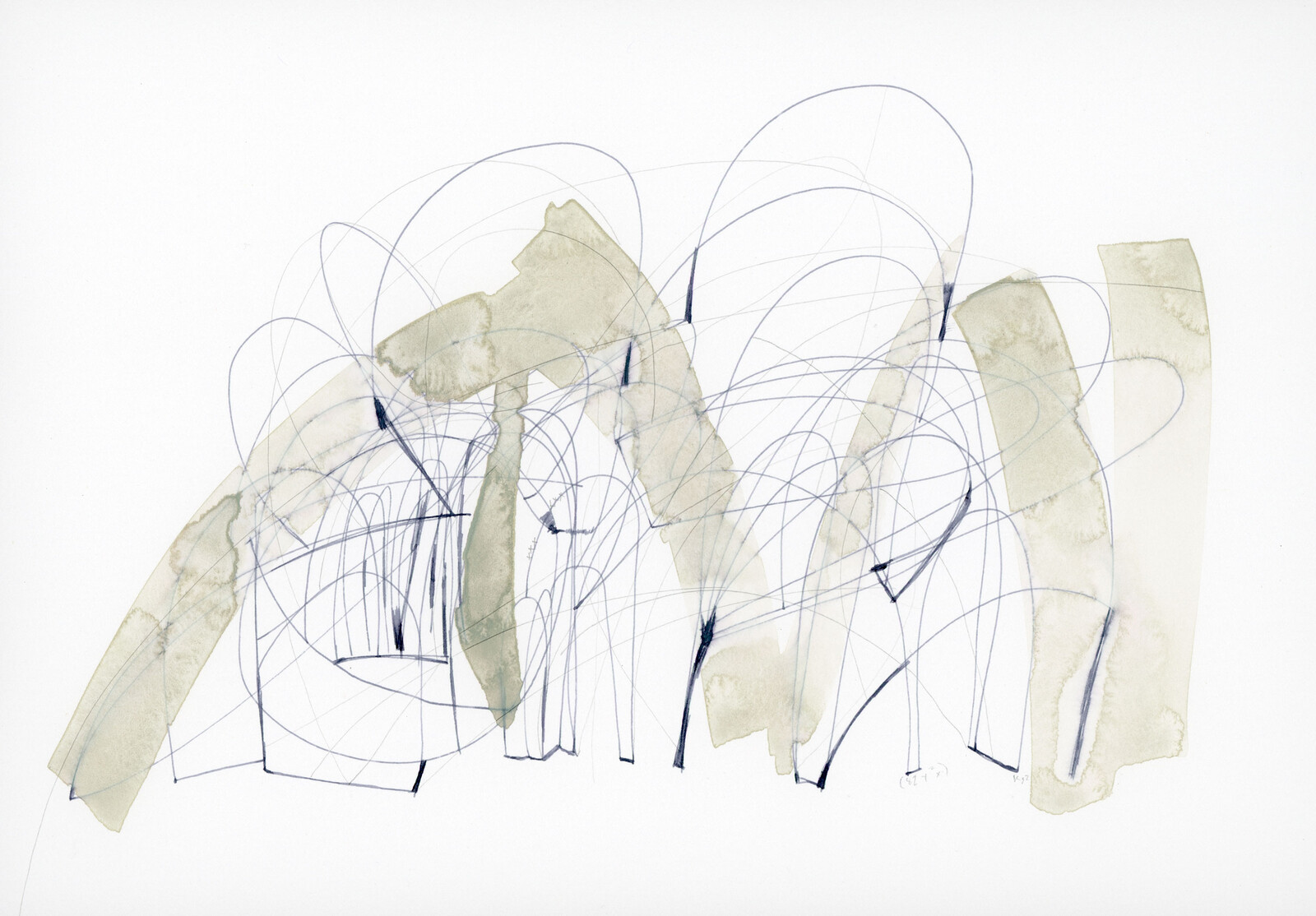
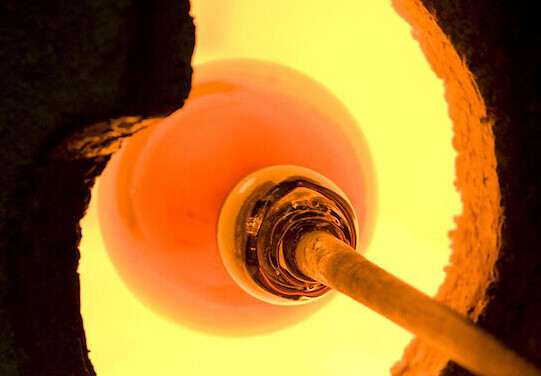
Now that social distancing has transcended the metaphorical and has become a corpo-reality, we are inevitably getting accustomed to new constellations of bodies and spaces. How space is occupied in this epidemic—both individually and collectively—demands taking a closer look at the body and its field of movement. What are today’s choreographies of solidarity and care? What kind of future can we imagine for other ways of being physically together in this world? This reader might aid in rethinking a renewed corporeality via new systems of interactions and spatiality.
At first, I thought “performative” was coined by dance people in order to sound like museum people. But then I realized that the art world’s misuse of this term predates the dance world’s. Which made way more sense but also bummed me out even further. Why would dancemakers do this to ourselves? Why would we let museums rename what it is we already do? And why would we ourselves then use that language to describe what we have already been doing all these years? I long to see the dance world assert its language as part of its commodity. If you want to present dance, you need to know how to talk in dance’s existing language. It serves the form just fine because it is of the form. Dance doesn’t want to talk about itself from the remove of class or body. Dance wants to be hot in the center of its own glory hole—though it will happily pee on the museum steps for the right price.
There is said to be a universal hum. An imperceptible vibration producing a sound ten thousand times lower than can be registered by the human ear. It can be measured on the ocean’s floor, but its source is not exactly known: perhaps the hush of oceanic waves, perhaps the turbulence in the atmosphere, or the far bluster of planetary storms.
